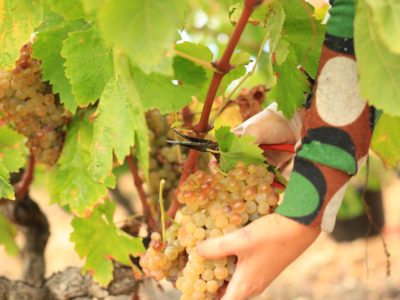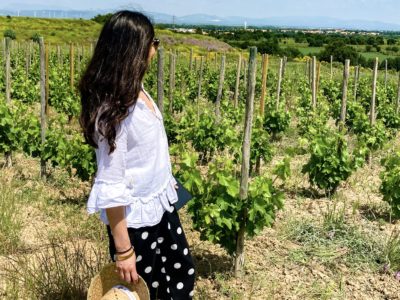How high can you go? In search of unexpected heights in Roussillon
Heather Dougherty reports on the importance of altitude planting in Roussillon and how it defines the region’s wines.
Picture the vineyards of Roussillon: vines growing at high altitude might not be the first thing that springs to your mind. Perhaps an image of a warm, if not hot, sunny and very Mediterranean climate gets there first – and that wouldn’t be wrong. But Roussillon can claim some of France’s highest vineyards.
Other regions in France have vineyards with some altitude – the Jura goes up to around 450 metres but most of its vines are at the same level as its near neighbour, Burgundy’s Côte d’Or at around 350 metres. Further south, vines get up to around 500 metres in Beaujolais – even in Savoie, that region so closely associated with the Alps, very few vineyards are any higher than this.
Back in Roussillon, while there is a flat coastal plain around the city of Perpignan, 80% of the region’s vines are planted on slopes, at altitudes up to 750 metres. These slopes come courtesy of the Corbières hills to the north, the Pyrenees to the west and the Albères mountains, which tumble into the sea at Collioure, in the south. Together they form a vast natural amphitheatre with a broad array of altitudes, soils and aspects.
So, high altitude is definitely part of the picture, but the next question might be, so what? What does altitude do for the wines themselves?
There must be a reason that Roussillon’s growers stick with these higher altitude sites, despite the increased amount of work and higher costs involved in cultivating them. The lack of soil at higher sites mean that they are essentially planting into rock, constructing terraces which need maintaining, as well as facing greater risk of frost and damage from high winds and hail. It’s no picnic up there.
Rosemary George has already written about the sometimes surprising freshness we find in Roussillon’s white wines. I’ve found similar freshness in the reds too – and this owes at least something to the altitude of the vines.
Altitude means cooler temperatures, especially at night, allowing the grapes not just to retain acidity, but also to finish their ripening with a lower level of sugar – and therefore lower alcohol in the final wine. These higher altitude grapes also develop a greater range of characteristic aromas and flavours over a longer ripening period than those same varieties grown in lower, hotter sites. So fresher, lower alcohol wines, with more flavour – that’s a lot of positives.
As our climate continues to warm, higher sites, especially north-facing ones, will be able to resist higher temperatures better. So we might see Roussillon’s vines climbing even higher in future.
Looking forward, altitude could prove to be one of Roussillon’s trump cards.








